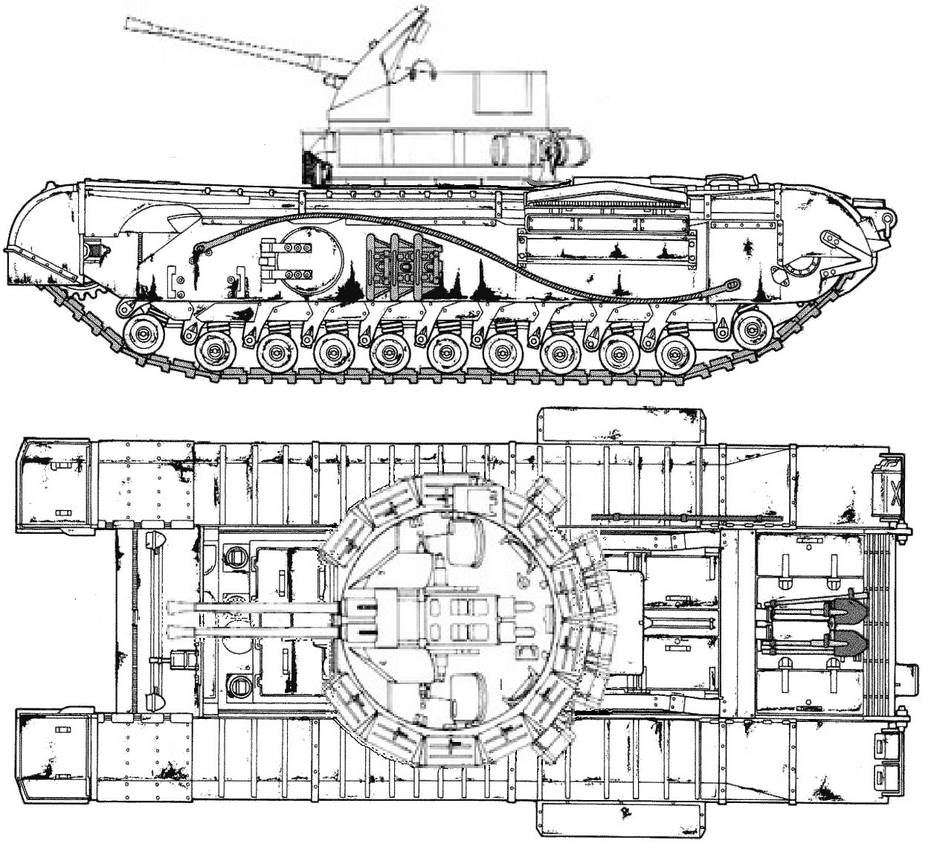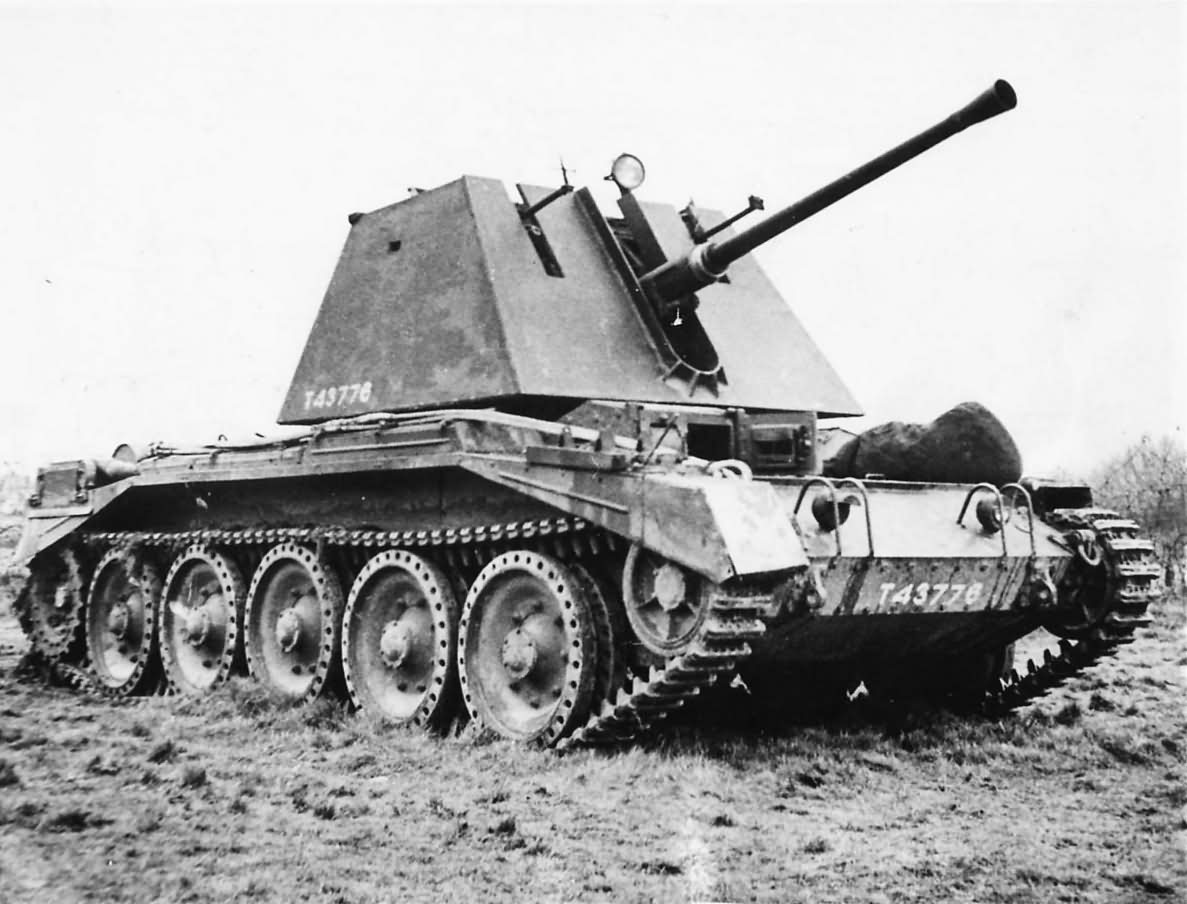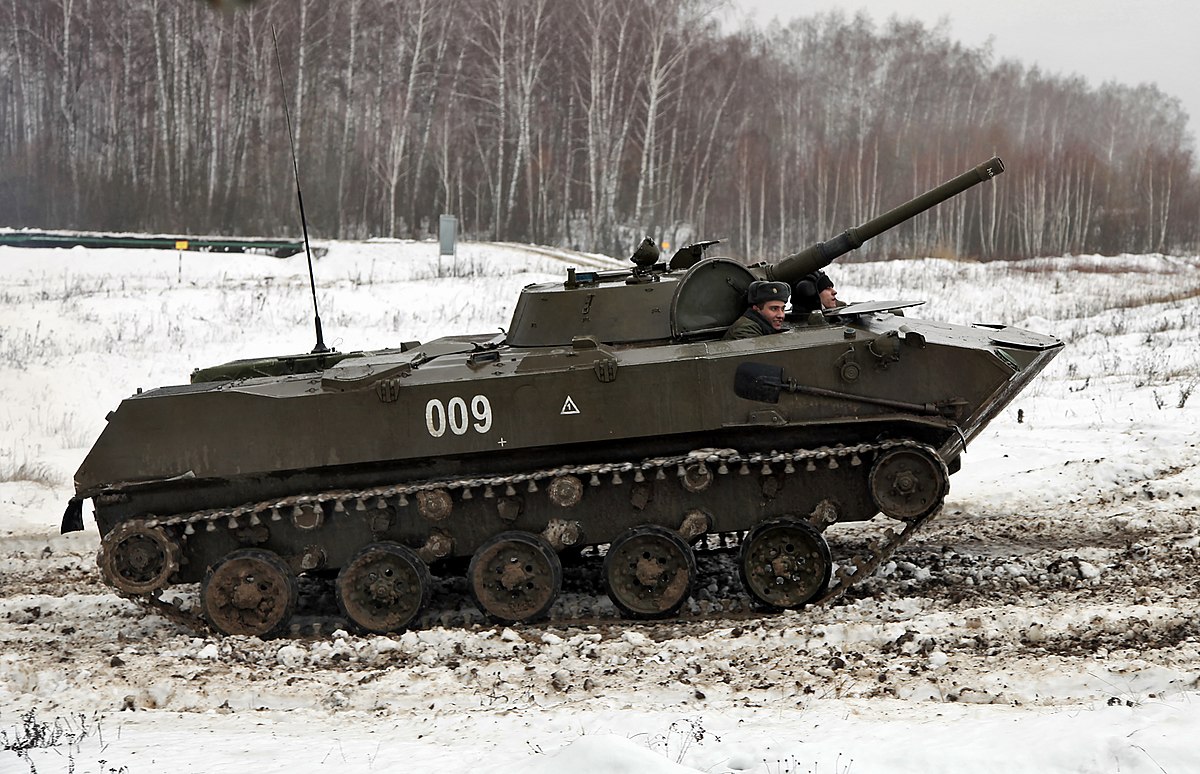I couldn't leave it alone... so here it is. I imagine the UK looking at longer ranged & harder hiting alternatives to the 20mm-equiped Skink, because of the possibility of jet fighters and bombers, and in 1994 asking for some turrets of the new M19. A dozen get ploped on the Churchill, with some reaching Germany in time to provide late war support, but are stored untill 1950, at which time some (6? 8?) are sent to Korea, where they shootdown some Sturmoviks and provide anti-infantry support.
The Churchill is over 2m longer and around 0.5m wider than the M19, so eyeballing dimensions gave me this.
I have no regrets, made the Churchill ride again!


